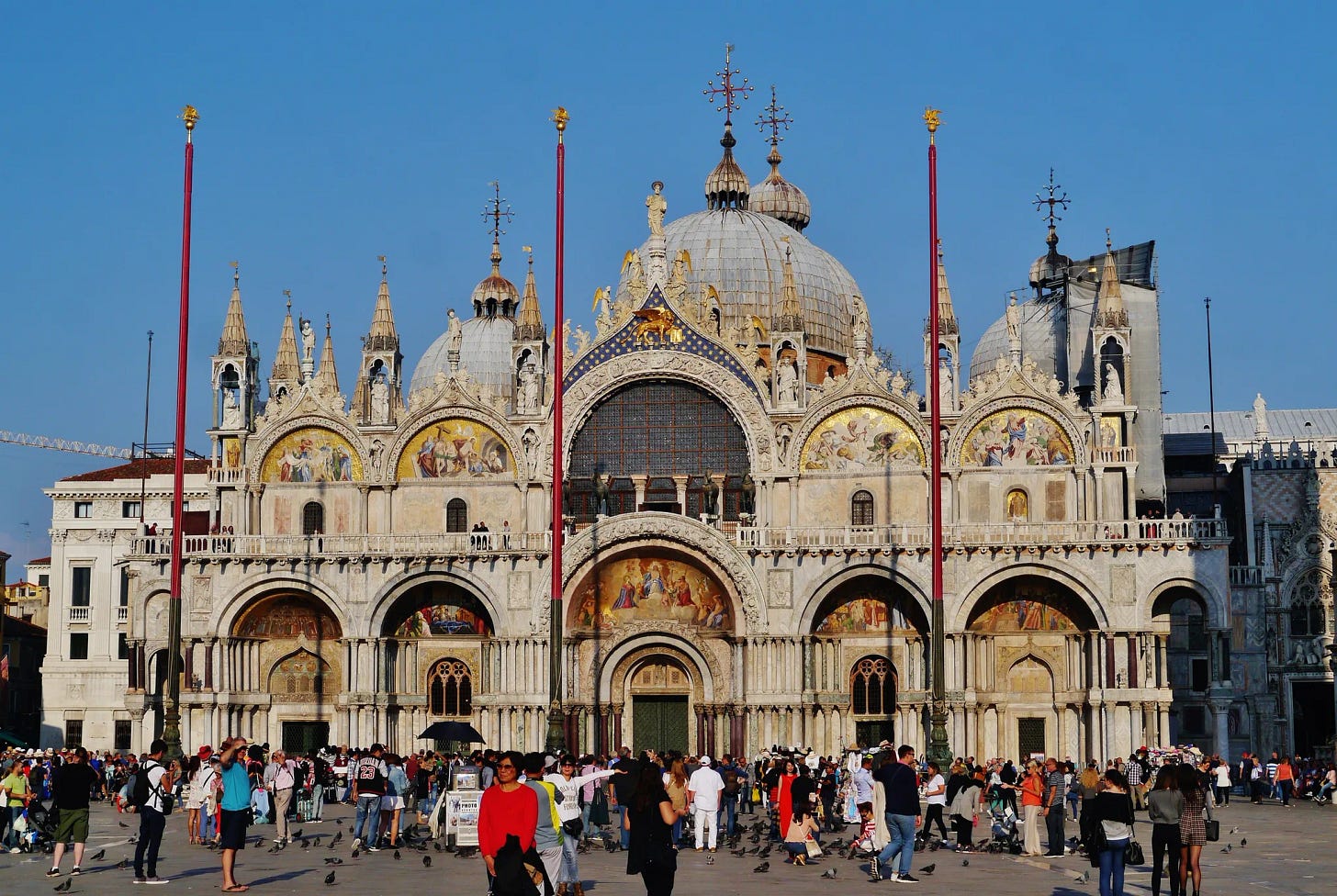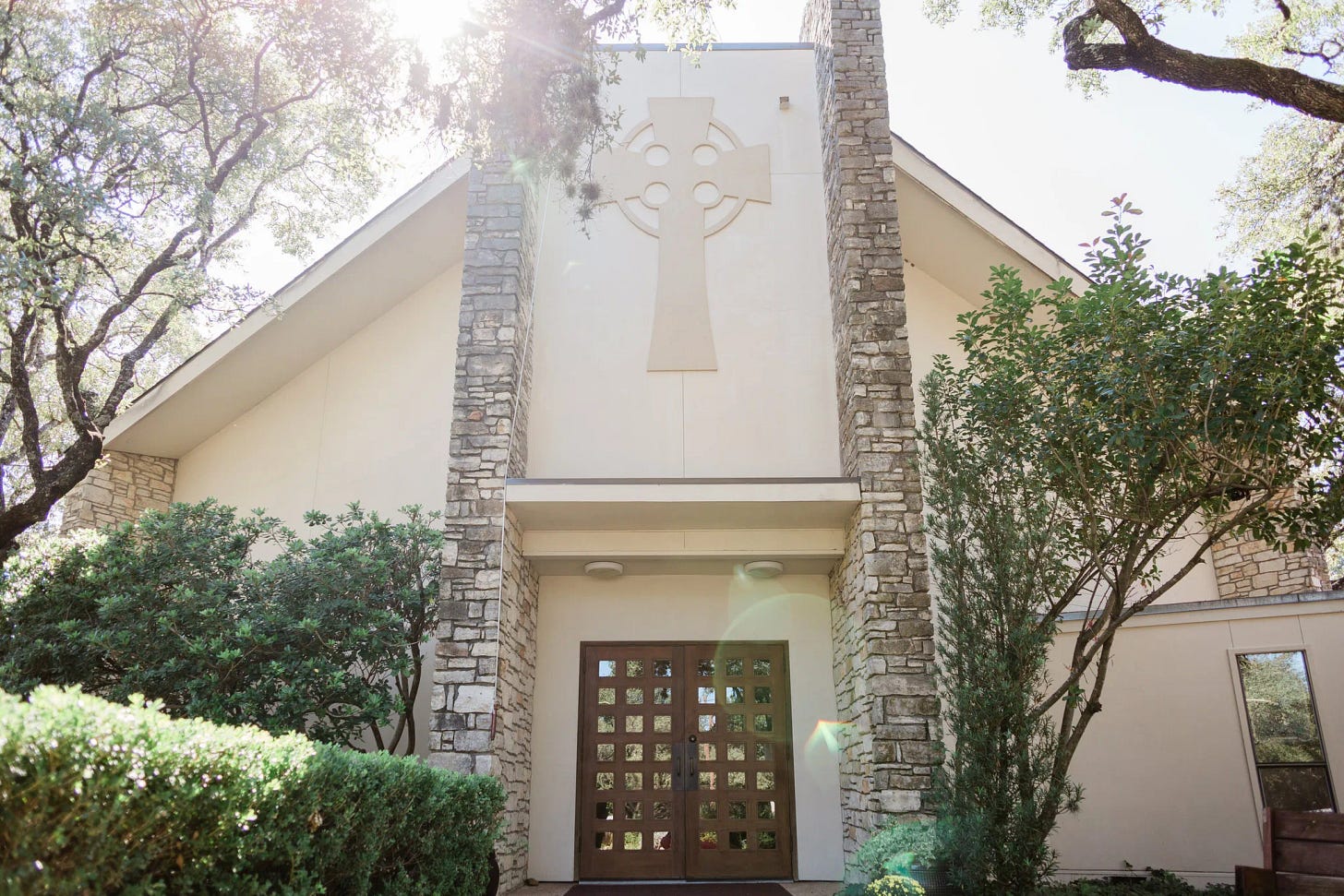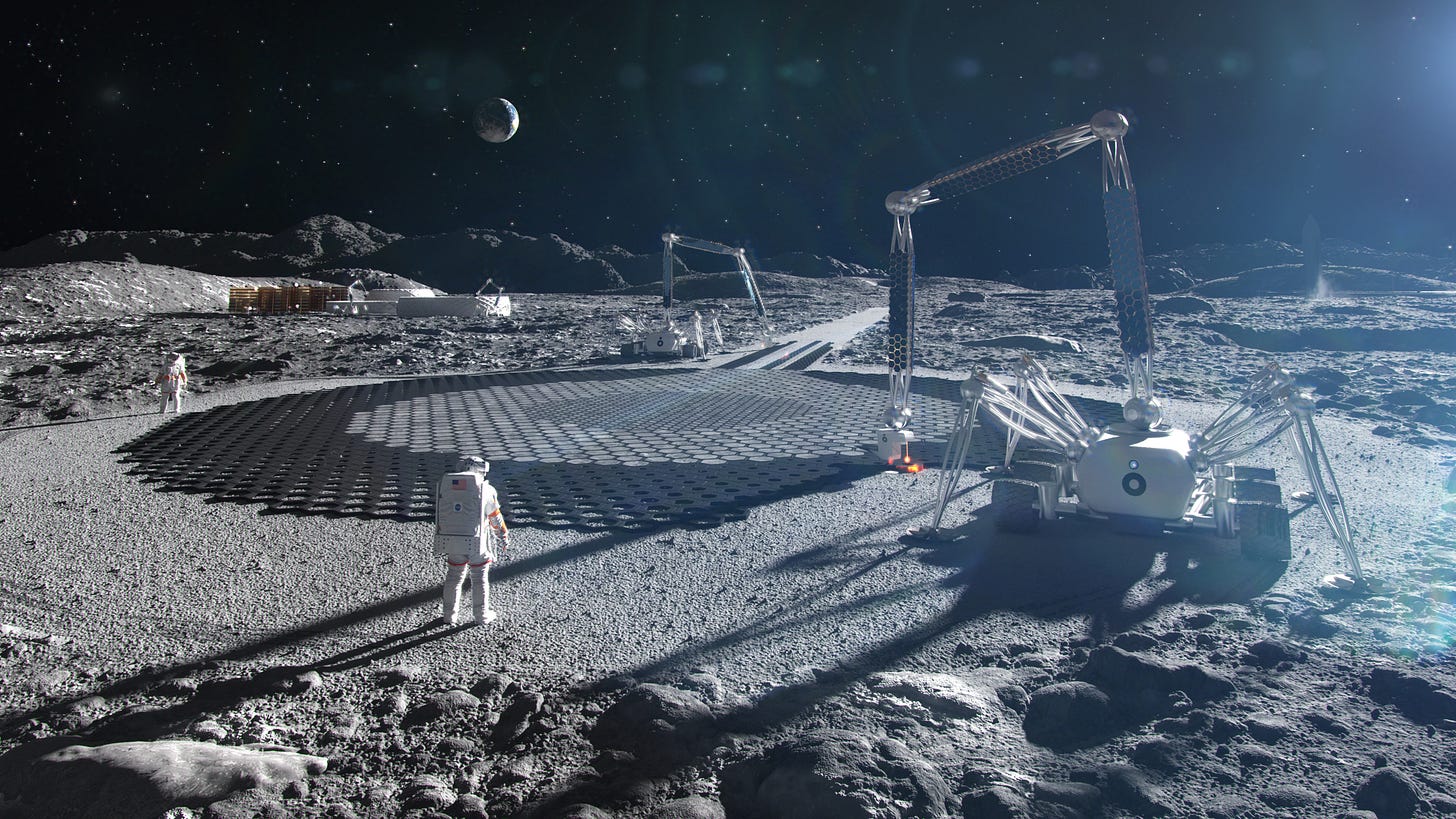3D Printed Sacred Space
Or, what to do when you have telephone poles in the foundation
In Ken Follett’s The Pillars of the Earth, the character Tom Builder is a mason whose main aspiration is to someday become a master builder and oversee the construction of a cathedral. The grandeur and complexity of cathedrals captivate him.
Though most of us probably don’t aspire to build a cathedral, it’s unlikely he’s alone in his fascination. It’s hard to imagine one not being overcome with awe at the sight of a cathedral.
For all their majesty, however, cathedrals are but one example of sacred architecture — indeed, the only thing that functionally separates cathedrals from other churches is that a cathedral is a church where a bishop’s seat resides. All churches have historically been designed in a thoughtful, theologically informed manner.
While this may have been true in the past, many churches nowadays simply imitate the architectural patterns of their surroundings. If you look at the interior of a non-denominational evangelical church chosen at random from any American city, you’d more easily guess that it was the setting for a TED talk rather than a liturgical space.
There are arguably theological reasons at root for this difference, and I have no interest in casting aspersions on those churches. However, I think something is lost when a sacramental understanding of the built environment is wholly abandoned for reasons of expediency or just ignorance.
Thoughts have begun circulating in my head recently about architecture, the environment and theology since our church, St. Mark’s Episcopal Church has been discussing sacred architecture as part of our Sunday school class. The occasion for this topic is our parish’s recent completion of an initial capital campaign for our new building. Capital campaigns for buildings aren’t particularly uncommon, but there are peculiarities to the initiative at St. Mark’s that have piqued my interest in new ways.
For starters, our current building needs it. Last year a pew collapsed beneath a parishioner. I’ve been told there are telephone poles in the foundation. And, rumor has it that a furry critter lives somewhere in the ceiling above the rector’s office.
What I think is especially interesting, though, is that our church has partnered with ICON for the construction of our new grounds. What makes ICON’s work unique is the underlying technology with which the construct things — they 3D print new buildings. The technology, aside from various cost efficiencies, allow for ambitious design possibilities that would otherwise be impossible or cost prohibitive with traditional materials. Aside from St. Mark’s they’ve also picked up a contract from NASA to build dwellings on the moon.
This project sits at an interest intersection of religion and technology. As I said before, it’s got my head buzzing with thoughts. It’s got me asking questions about what a deeply and distinctly Christian engagement with futurism and deep tech looks like. What does a “theology for builders” entail? What are the promises and pitfalls of techno-optimism? Is there a better way forward for humanity than unthinking technocracy or reactionary techno-pessimism?
I expect to explore these questions in future missives. Stay tuned.




